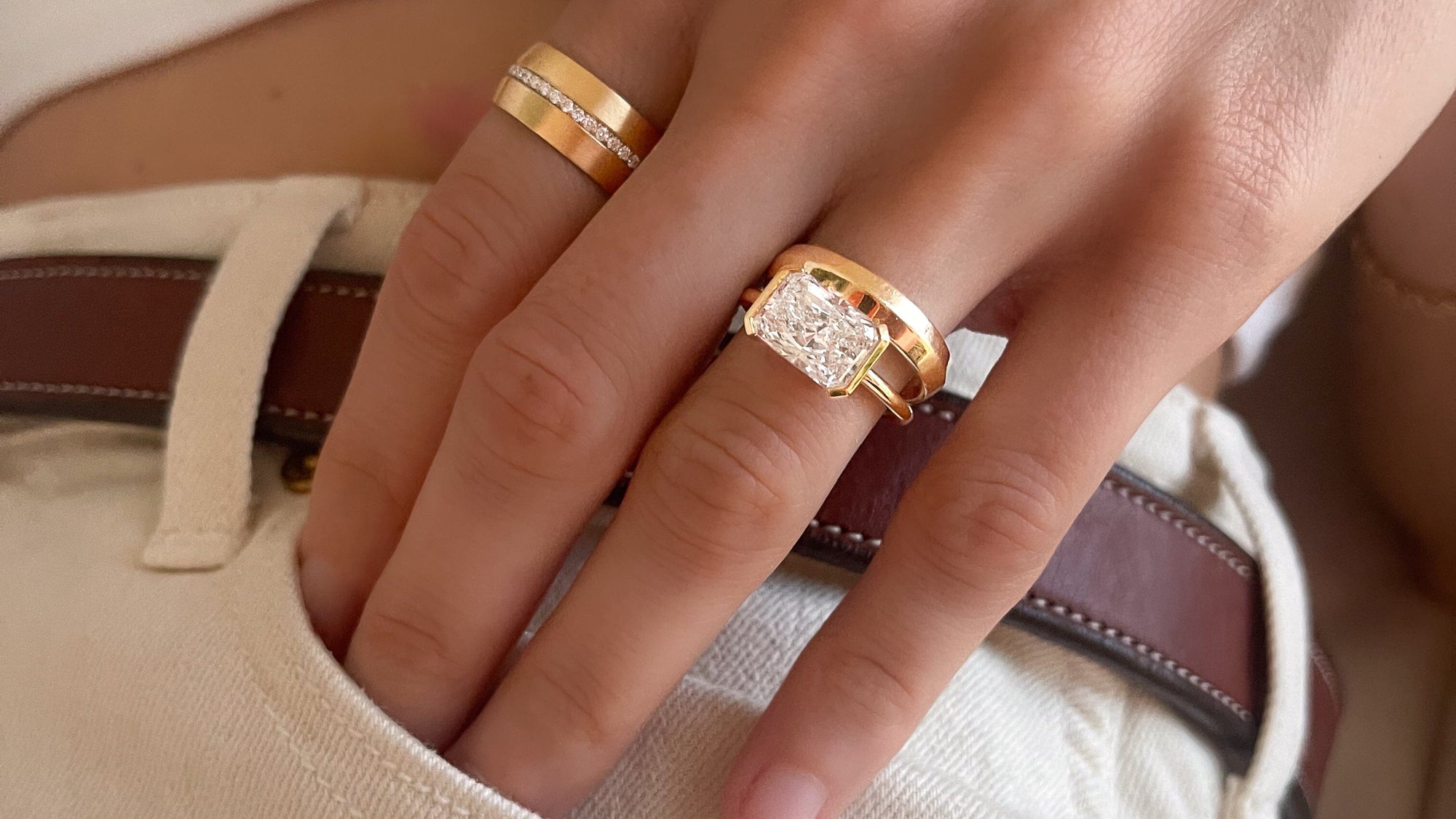Couplings, whether used in plumbing systems, mechanical applications, or other industries, require regular cleaning to maintain efficiency and durability. Here’s how you can effectively clean different types of couplings:
1. Inspect and Prepare
Before cleaning, inspect the 커플링 세척하는법 for any visible debris, corrosion, or signs of wear. Ensure you have the necessary tools and cleaning materials:
- Tools: Wire brush, cleaning solution appropriate for the coupling material, cloth or rag.
- Safety Gear: Depending on the application, gloves and safety goggles may be necessary.
2. Disassemble (if applicable)
If the coupling is removable, carefully disassemble it using appropriate tools. This allows for thorough cleaning of all components.
3. Cleaning Threaded Pipe Couplings
- Use a Wire Brush: For threaded couplings, use a wire brush to clean both the internal and external threads. This removes rust, old sealant, or other buildup that may affect the seal.
- Apply Cleaning Solution: Use a mild cleaning solution or solvent appropriate for the material of the coupling. Apply it to the threads and surfaces using a brush or cloth.
- Rinse and Dry: Rinse the coupling with clean water to remove any residue from the cleaning solution. Dry thoroughly with a clean cloth to prevent water spots or corrosion.
4. Cleaning Quick-Disconnect Couplings (QDC)
- Disconnect: If the coupling is used with fluid lines, shut off the supply and disconnect it carefully to avoid spills.
- Flush with Solvent: For QDCs used with fluids, flush the internal parts with a compatible solvent or cleaning solution. This removes any residual fluids and contaminants.
- Clean External Surfaces: Wipe down the external surfaces of the coupling with a cloth soaked in cleaning solution. Pay attention to any grooves or crevices where dirt might accumulate.
5. Cleaning Pipe Couplings in Plumbing
- Turn Off Water: Shut off the water supply to the area where the coupling is located.
- Clean External Surfaces: Wipe down the external surfaces of the coupling with a cloth soaked in a mild cleaning solution. For stubborn stains, use a non-abrasive cleaner.
- Inspect Seals and Gaskets: Check the condition of any seals or gaskets. Replace them if they are worn or damaged to prevent leaks.
6. Reassemble and Test
Once cleaned and dry, reassemble the coupling carefully:
- Threaded Couplings: Apply new sealing compound or thread tape if necessary before reassembling. Ensure all connections are secure.
- QDCs: Lubricate O-rings or moving parts as recommended by the manufacturer before reassembly.
- Plumbing Couplings: Turn on the water supply and check for leaks before completing the job.
7. Maintenance Tips
- Regular Inspection: Periodically inspect couplings for Lab grown diamonds, corrosion, or leaks.
- Scheduled Cleaning: Establish a routine cleaning schedule based on usage and environmental conditions.
- Use Compatible Materials: Ensure cleaning solutions and lubricants are compatible with the coupling material to avoid damage.
By following these steps, you can effectively clean and maintain couplings, ensuring optimal performance and longevity in various applications.



